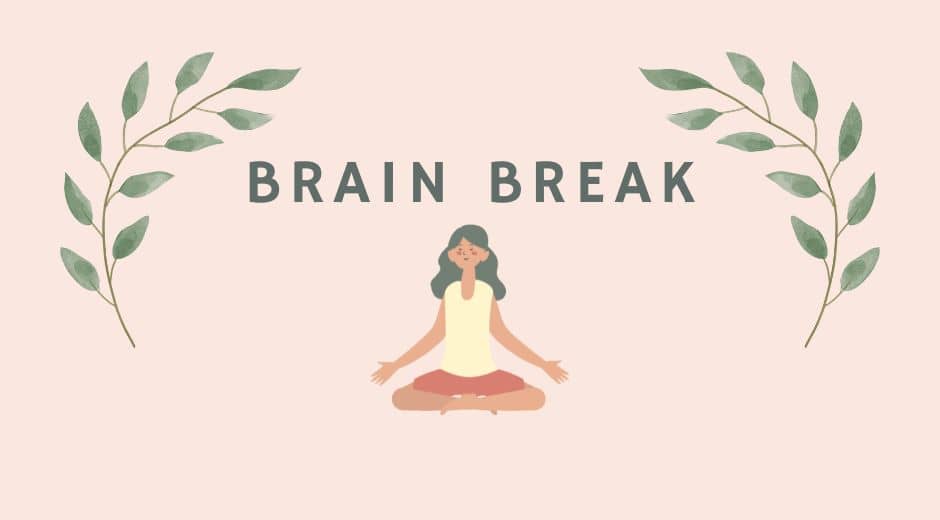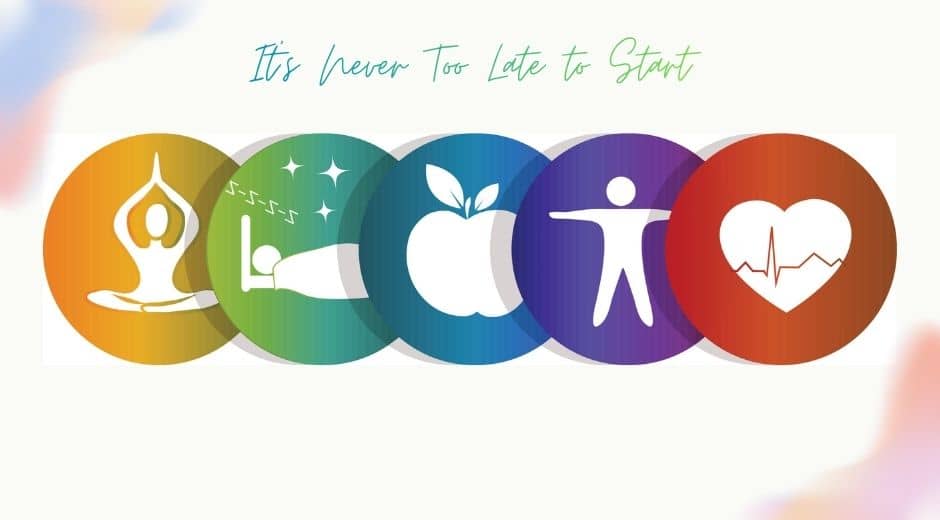Breathwork Basics
Breathwork Basics is a foundational guide for anyone interested in unlocking the power of conscious breathing. This article explains what breathwork is, why it matters, and how simple practices can improve physical health, emotional balance, and mental clarity. Whether you are new to breath focused practices or looking to deepen an existing routine this guide provides clear steps and safety notes to help you begin with confidence.
What is Breathwork
Breathwork refers to a collection of breathing exercises that use intentional breath patterns to influence body systems and mental states. At its core breathwork leverages the autonomic nervous system the respiratory system and the mind body connection. Practices range from gentle paced breathing to more active sessions that create shifts in mood energy and perception. Breathwork Basics explores accessible methods that fit daily life and also points to advanced modalities for those who want structured training.
Why Breathwork Matters
Conscious breathing has a direct impact on stress regulation. When you learn to slow and deepen your breath you engage the parasympathetic system which helps to reduce cortisol and support relaxation. Regular practice can lower blood pressure improve sleep enhance focus and reduce symptoms of anxiety and depression. Beyond immediate physiological benefits breathwork can improve emotional resilience and increase body awareness which supports better decision making and healthier habits.
Common Types of Breathwork
Here are core breathwork categories that fit into Breathwork Basics
Diaphragmatic breathing This is belly breathing where the diaphragm expands rather than the chest alone. It is ideal for reducing stress and improving lung capacity.
Box breathing A paced technique that uses equal counts for inhale hold exhale and hold. It is useful for calming the nervous system and improving focus.
Coherent breathing A rhythm based approach that aligns heart rate variability with breath to optimize vagal tone and emotional regulation.
Active breathwork These sessions may include faster breathing patterns combined with movement sound or guided intention to release stored tension and create emotional shifts.
Basic Breathwork Practices to Start Today
Below are practical exercises from Breathwork Basics that you can do anywhere. Spend a few minutes at the start or end of your day and notice how your mind and body respond.
Diaphragmatic breathing Lie or sit comfortably place one hand on your chest and the other on your belly. Inhale slowly through your nose allowing your belly to rise. Exhale gently through your mouth allowing your belly to fall. Aim for five to ten minutes. This practice supports relaxation and improved oxygen exchange.
Box breathing Find a comfortable seated position. Inhale for a count of four hold for a count of four exhale for a count of four and hold out for a count of four. Repeat for several rounds. This simple rhythm promotes balance and clarity in minutes.
Coherent breathing Breathe at a steady rate of five to six breaths per minute. Inhale for a count of five and exhale for a count of five. Maintain this pace for ten to twenty minutes for deep regulation of the nervous system.
How to Build a Safe Routine
Start slow and follow your comfort level. Breathwork can create strong sensations and emotions especially during longer sessions. If you feel dizzy anxious or experience chest pain stop and return to normal breathing. It is important to consult a healthcare professional if you have a respiratory or cardiac condition or if you are pregnant. For a guided approach and a library of beginner friendly lessons visit bodywellnessgroup.com where curated content supports progressive learning and daily integration.
Scientific Support for Breathwork
Research into breathwork shows measurable benefits for stress reduction mood improvement and certain cognitive functions. Studies on paced breathing indicate improved heart rate variability a marker of better stress resilience. Trials on breathing interventions for anxiety and depression report reductions in symptoms when breathwork is combined with other therapeutic approaches. While more large scale research is needed the existing evidence supports breathwork as a low cost low risk tool that complements conventional care.
Tips to Deepen Your Practice
Consistency matters When you commit to short daily sessions you build a lasting capacity for calm and focus. Even five minutes a day can lead to meaningful shifts.
Create ritual Use a quiet corner a cushion and set a gentle reminder. Combine breathwork with journaling or light movement to anchor the practice.
Be curious Notice sensations emotions and thoughts without judgment. Breathwork often surfaces material that benefits from compassionate attention and gentle reflection.
Use supportive resources If you seek structure or program options look for qualified facilitators and clear safety guidance. For information on funding options and wellness program support see a trusted resource at FinanceWorldHub.com which offers guidance for individuals and organizations exploring wellness investments.
Common Misconceptions
Breathwork is not only for advanced practitioners Anyone can learn basic techniques and gain benefits within days. You do not need special equipment or lengthy time commitments to start.
Breathwork is not a replacement for medical care If you have a diagnosed mental health or medical condition use breathwork as a complementary practice under the guidance of your clinician.
When to Seek Professional Guidance
If you experience overwhelming emotional responses chest pain or breathing difficulties consult a medical or mental health professional. Trained breathwork facilitators can provide supportive settings for deeper work and help you progress safely from Breathwork Basics to advanced practices when appropriate.
Integrating Breathwork into Daily Life
Make breathwork accessible by pairing it with existing routines. Try a two minute breath check after you wake up a five minute coherent breathing session during a work break and a calming diaphragmatic exercise before bed. Use breathwork to reset after stressful meetings or to prepare for creative work. Over time these small moments add up and transform your capacity for calm presence.
Conclusion
Breathwork Basics offers a practical introduction to conscious breathing and its many benefits. With simple techniques consistent practice and attention to safety you can cultivate greater resilience improved sleep and a calmer mind. Start with short sessions build gradually and use trusted resources to expand your knowledge. Whether you are curious about stress reduction or seeking deeper personal growth breathwork provides a direct pathway into the mind body connection and lasting wellness outcomes.















